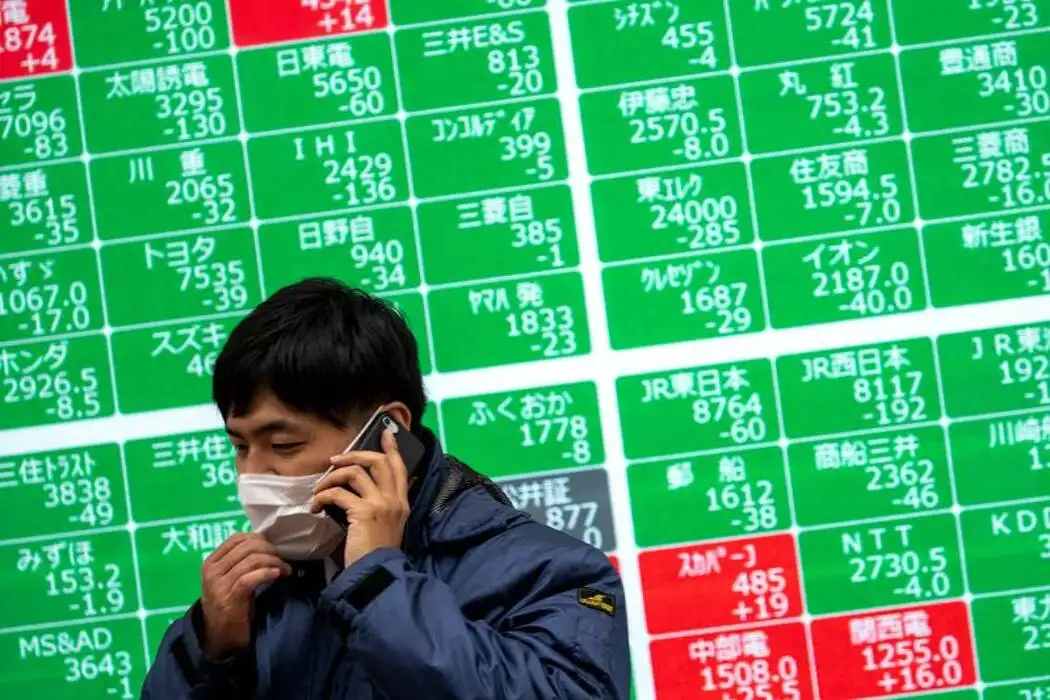简体中文
繁體中文
English
Pусский
日本語
ภาษาไทย
Tiếng Việt
Bahasa Indonesia
Español
हिन्दी
Filippiiniläinen
Français
Deutsch
Português
Türkçe
한국어
العربية
Oil Demand Limited Its Price Trend
Abstract:Recently oil’s strong resistance level is at 40-41 USD, which manifests slightly mitigated risk aversion in market. However, oil price is unlikely to be strong due to the oil demand under the outbreak of coronavirus pandemic.
WikiFX News (5 July) - Recently oils strong resistance level is at 40-41 USD, which manifests slightly mitigated risk aversion in market. However, oil price is unlikely to be strong due to the oil demand under the outbreak of coronavirus pandemic.
According to Citibank on July 1, the increase of oil demand may never reach the pre-coronavirus level. Whats worse? WHO reported over 10.3 million confirmed coronavirus cases globally, and being the biggest economy in the world, the coronavirus situation in the US is most concerned by the market.
Whether the second wave of coronavius pandemic or economic activities suspension due to COVID-19, both will affect the oil demand significantly.
According to the data by IATA, the load factor of global airlines is 50.7% in May, a record low. And the traffic volume is expected to drop by 36% at the end of 2020.

Disclaimer:
The views in this article only represent the author's personal views, and do not constitute investment advice on this platform. This platform does not guarantee the accuracy, completeness and timeliness of the information in the article, and will not be liable for any loss caused by the use of or reliance on the information in the article.
Read more

GemForex | Crude Oil (WTI)
Crude Oil (WTI) - Rebound in the offing?

Oil inches higher as OPEC meetings continue
A stronger than expected payroll report last Friday pushed equity markets to another all-time high. The U.S. economy added 850,000 new jobs during June when the consensus expected 700,000. Whilst the headline number looks good, there’s plenty to be worried about under the hood, as the new jobs are mostly in those sectors of the economy that have reopened. For instance, the leisure and hospitality sectors added 343,000 new jobs, education around 269,000, and the retail sector 67,000. These add up to around 80% of the total; this is great at first glance but not in the long run since these sectors do not drive the productivity or wage growth required for sustainable expansion. In particular, the U.S. economy is 70% consumer driven, which emphasizes the importance of a healthy and wealthy labor market. With the country still 7 million jobs short of pre-pandemic levels and most of the recovery happening in low-paying and low-productivity sectors, there is still a long way to go before the

Oil Countdown: With 48 Hours To OPEC Meeting, Where Are Prices Headed?
It’s the answer every oil trader is seeking, yet will likely get with only a certain degree of accuracy. With about two days left until the all-important ministerial meeting of OPEC+, few things are more crucial than figuring out where oil will be trading before the world alliance of oil producers lays down its policy decisions for December. Dozens of ideas abound on crude prices over the next 48 hours, with as many theories on why they should be so

Oil and euro slip, markets on edge over COVID-19 curbs in Europe
Asian stocks made a soft start to the week on Monday while oil and the euro were under pressure, as the return of COVID-19 restrictions in Europe and talk about hastened tapering from the U.S. Federal Reserve put investors on guard.
WikiFX Broker
Latest News
AI Fraud Awareness Campaign: "We're Not All F**ked"
Crypto.com Delists USDT and 9 Tokens to Comply with MiCA Regulations
How to Use Financial News for Forex Trading?
Fake ‘cyber fraud online complaint’ website Exposed!
Day Trading Guide: Key Considerations
NAGA Launches CryptoX: Zero Fees, 24/7 Crypto Trading
Scam Alert: 7 Brokers You Need to Avoid
AvaTrade Launches Advanced Automated Trading Tools AvaSocial and DupliTrade
What Determines Currency Prices?
Why More Traders Are Turning to Proprietary Firms for Success
Currency Calculator






